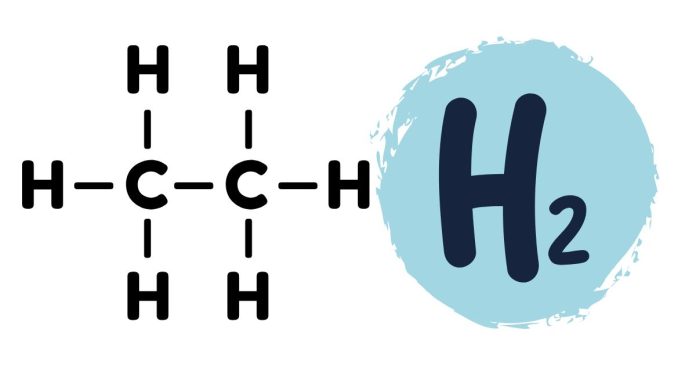Understanding the Electron Geometry of C₂H₂ (Ethyne)
Ethyne, commonly known as acetylene, is a simple yet fascinating molecule with the chemical formula C₂H₂. It is widely used in industrial applications, especially as a fuel for welding. But have you ever wondered about the shape and structure of this molecule? Let’s dive into its electron geometry to better understand its arrangement.
What is Electron Geometry?
Electron geometry refers to the spatial arrangement of all regions of electron density (bonds and lone pairs) around an atom. This arrangement is determined by the molecule’s need to minimize electron repulsion, following the principles of VSEPR theory (Valence Shell Electron Pair Repulsion).
The Structure of C₂H₂
In ethyne:
- Two carbon atoms are connected by a triple bond.
- Each carbon atom is also bonded to a single hydrogen atom.
This gives each carbon atom 2 regions of electron density:
- The triple bond counts as one region.
- The single bond with hydrogen is the second region.
Determining the Geometry
With 2 regions of electron density, the optimal arrangement to minimize repulsion is a straight line, placing the regions 180° apart. This makes the electron geometry around each carbon atom linear. The molecule’s shape (molecular geometry) is also linear since there are no lone pairs on the carbons to distort the structure.
Why is This Important?
Understanding the linear geometry of C₂H₂ helps explain its physical and chemical properties, such as its ability to form strong bonds and its role in chemical reactions. The triple bond in the molecule is a key feature, providing strength and stability while also influencing its reactivity.
In Summary
The electron geometry and molecular geometry of C₂H₂ are both linear, making it a straightforward yet important molecule to study. By understanding its structure, we gain deeper insight into its behavior and applications in the real world.


